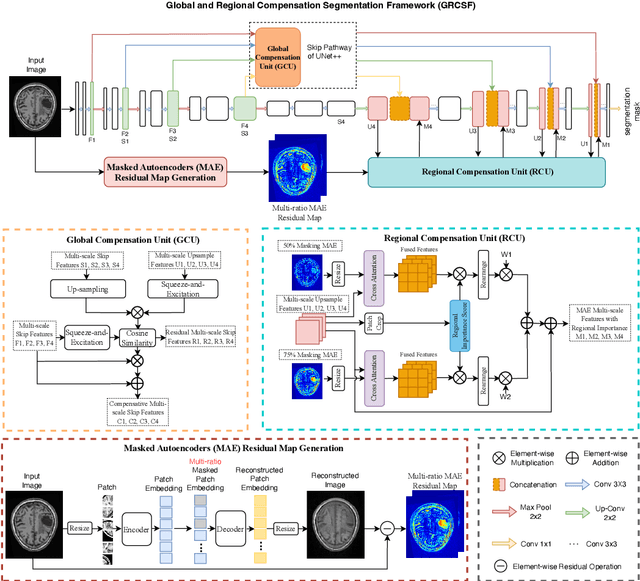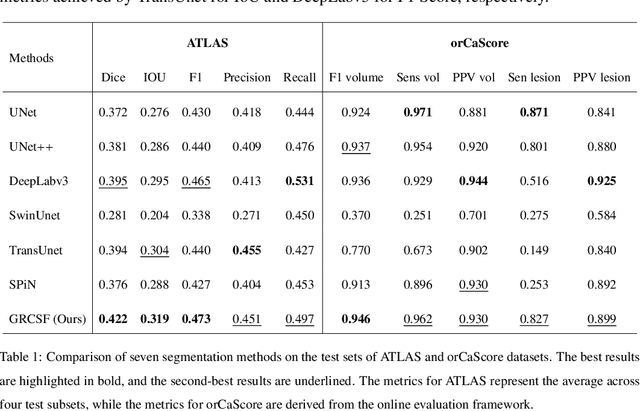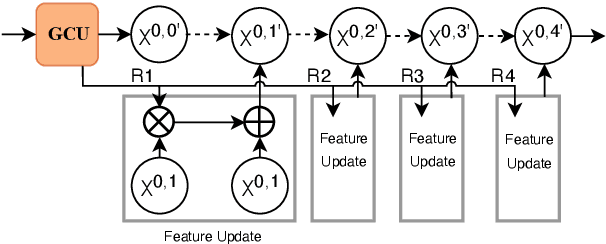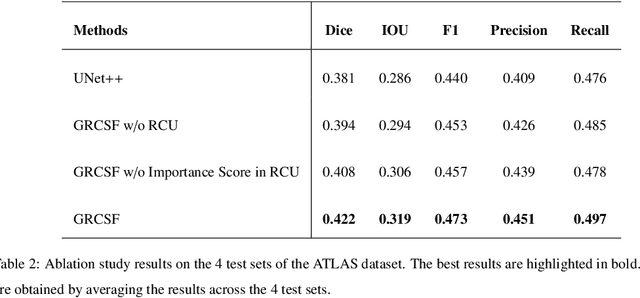Chuhan Wang
Statistical Theory of Multi-stage Newton Iteration Algorithm for Online Continual Learning
Aug 10, 2025Abstract:We focus on the critical challenge of handling non-stationary data streams in online continual learning environments, where constrained storage capacity prevents complete retention of historical data, leading to catastrophic forgetting during sequential task training. To more effectively analyze and address the problem of catastrophic forgetting in continual learning, we propose a novel continual learning framework from a statistical perspective. Our approach incorporates random effects across all model parameters and allows the dimension of parameters to diverge to infinity, offering a general formulation for continual learning problems. To efficiently process streaming data, we develop a Multi-step Newton Iteration algorithm that significantly reduces computational costs in certain scenarios by alleviating the burden of matrix inversion. Theoretically, we derive the asymptotic normality of the estimator, enabling subsequent statistical inference. Comprehensive validation through synthetic data experiments and two real datasets analyses demonstrates the effectiveness of our proposed method.
Improving Lesion Segmentation in Medical Images by Global and Regional Feature Compensation
Feb 12, 2025



Abstract:Automated lesion segmentation of medical images has made tremendous improvements in recent years due to deep learning advancements. However, accurately capturing fine-grained global and regional feature representations remains a challenge. Many existing methods obtain suboptimal performance on complex lesion segmentation due to information loss during typical downsampling operations and the insufficient capture of either regional or global features. To address these issues, we propose the Global and Regional Compensation Segmentation Framework (GRCSF), which introduces two key innovations: the Global Compensation Unit (GCU) and the Region Compensation Unit (RCU). The proposed GCU addresses resolution loss in the U-shaped backbone by preserving global contextual features and fine-grained details during multiscale downsampling. Meanwhile, the RCU introduces a self-supervised learning (SSL) residual map generated by Masked Autoencoders (MAE), obtained as pixel-wise differences between reconstructed and original images, to highlight regions with potential lesions. These SSL residual maps guide precise lesion localization and segmentation through a patch-based cross-attention mechanism that integrates regional spatial and pixel-level features. Additionally, the RCU incorporates patch-level importance scoring to enhance feature fusion by leveraging global spatial information from the backbone. Experiments on two publicly available medical image segmentation datasets, including brain stroke lesion and coronary artery calcification datasets, demonstrate that our GRCSF outperforms state-of-the-art methods, confirming its effectiveness across diverse lesion types and its potential as a generalizable lesion segmentation solution.
Distributed quasi-Newton robust estimation under differential privacy
Aug 22, 2024Abstract:For distributed computing with Byzantine machines under Privacy Protection (PP) constraints, this paper develops a robust PP distributed quasi-Newton estimation, which only requires the node machines to transmit five vectors to the central processor with high asymptotic relative efficiency. Compared with the gradient descent strategy which requires more rounds of transmission and the Newton iteration strategy which requires the entire Hessian matrix to be transmitted, the novel quasi-Newton iteration has advantages in reducing privacy budgeting and transmission cost. Moreover, our PP algorithm does not depend on the boundedness of gradients and second-order derivatives. When gradients and second-order derivatives follow sub-exponential distributions, we offer a mechanism that can ensure PP with a sufficiently high probability. Furthermore, this novel estimator can achieve the optimal convergence rate and the asymptotic normality. The numerical studies on synthetic and real data sets evaluate the performance of the proposed algorithm.
 Add to Chrome
Add to Chrome Add to Firefox
Add to Firefox Add to Edge
Add to Edge